Nationality British | Name Florence Baker | |
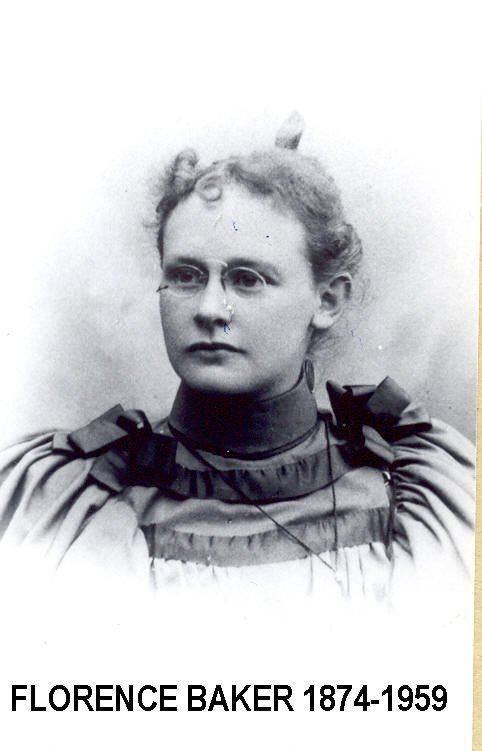 | ||
Full Name Florence Barbara Maria von Sass Other names Barbara Szasz; Maria Freiin von Sass; Barbara Szasz; Barbara Maria Szasz; Barbara Maria Szasz Known for an orphan who became a slave, explored the Nile and died a lady Died March 11, 1916, Newton Abbot, United Kingdom | ||
Jen florence Baker
Florence, Lady Baker or Barbara Szasz; Maria Freiin von Sass; Barbara Szasz; Barbara Maria Szasz; Barbara Maria Szasz (6 August 1841 – 11 March 1916) was a Transylvanian (Hungarian) explorer. Born in Hungary, she became an orphan and was sold as a slave to Samuel White Baker. Together they went in search of the source of the River Nile and found Lake Albert. They journeyed to Samuel Baker's home in England where they were married and she became Lady Baker. She later returned to Africa with her husband to try and put down the slave trade. They both retired and died in Devon.
Contents
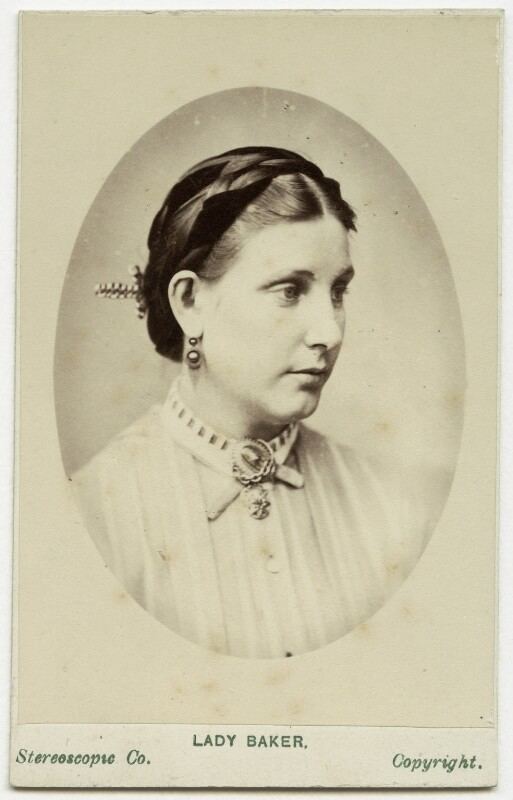
Lady Florence Baker
Early life

Some sources say that Florence Barbara Maria von Sass was born in Aiud in 1841. The story handed down in the Baker family is that she was the daughter of a Szekely officer from a Hungarian noble family, who had estates in Transylvania, called von Sas (a branch of the von Sass family) and whilst she was young, during the Hungarian Revolution of 1848 "her father and brothers had been killed before her eyes". As an adolescent, she spoke Hungarian, Romanian, German and Turkish. She may have been fourteen when she was being sold as a slave in Vidin, a town and fortified port on the River Danube in what is now Bulgaria, in January 1859. According to certain accounts, she was destined to be owned by the Pasha of Vidin but she had been spotted by Samuel Baker. He and Maharaja Duleep Singh were both on a hunting trip. Samuel Baker bribed the guards and Florence was allowed to escape into his ownership.
Africa
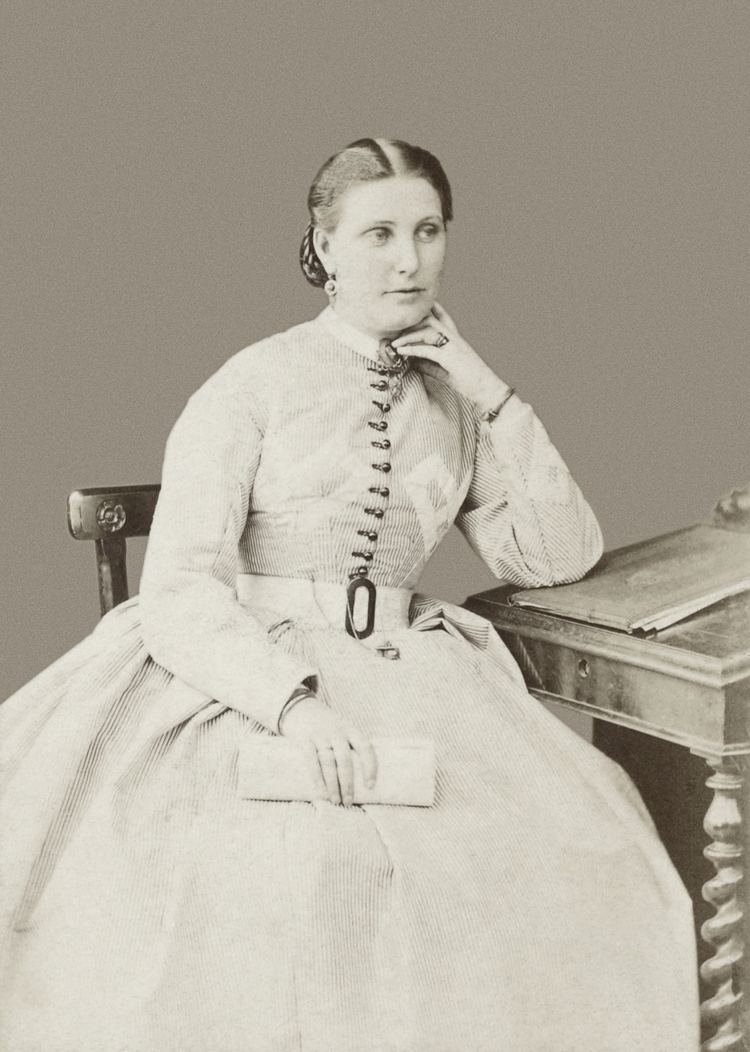
Samuel White Baker took her to Africa where he was leading an expedition to find the source of the River Nile. They traveled up the Nile to Gondokoro where Florence saved the expedition. There was a dispute between her husband's inflexibility and the staff's disloyalty. Florence was able to intercede and find some common agreement. Gondokoro was a base for ivory and slaves, and the point where boats could go no further and where they would need to travel to the source on foot. There they met Speke and Grant who told them of their explorations. They suggested that they investigate another branch of the Nile. When Speke and Grant both later wrote down accounts of their voyages neither of them mentioned that Baker had Florence with him. This was in line with an agreement they made with Samuel Baker.
Florence and her husband discovered Murchison Falls and Lake Albert in what is now Uganda.
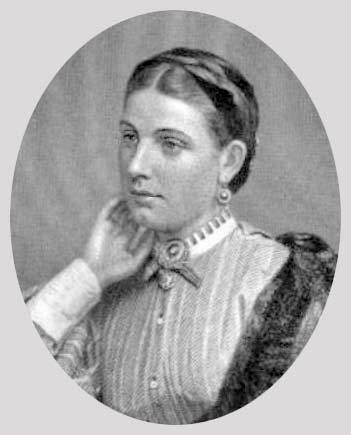
Arriving in England, they lived at Hedenham Hall in England. They were married on 4 November 1865 at St James's Church, Piccadilly and when Samuel Baker was knighted she became Lady Baker. The details of how they met was meant to be kept secret but the story circulated and this resulted in Queen Victoria deciding to exclude Baker from court.

In 1869 Samuel was invited by Isma'il Pasha, the Turkish Viceroy of Egypt, to return to Africa to help eliminate or reduce the trade in slaves around Gondokoro. Samuel was made Governor General of the Equatorial Nile. Accepting the invitation, they returned to Africa where they attempted to gain the upper hand. Florence served as the medic and when they were defeated at Bunyoro she was there carrying rifles and brandy in addition to two umbrellas and a pistol.
Later life
In 1873 she and her husband started living at their house, Sandford Orleigh, at Newton Abbot in Devon. General Gordon arrived in February 1883 and requested that Samuel assist him in evacuating people from the besieged Khartoum during the Mahdist War in Egypt. Florence would be required on such a journey. However, Florence would not go back to Africa and her husband would not travel without her. He died in 1893. Baker died in Devon nearly twenty years later, but they were buried together.
Legacy
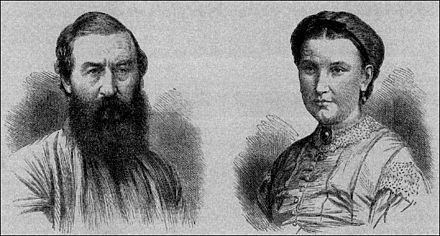
The Bakers appear in a painting called "Samuel Baker (1821–93) and the Discovery of Lake Albert" by Severino Baraldi.
Together with Delia Akeley, Christina Dodwell, Mary Kingsley and Alexandrine Tinne, she was one of the five subjects chosen for a 1997 book on women explorers in Africa.
